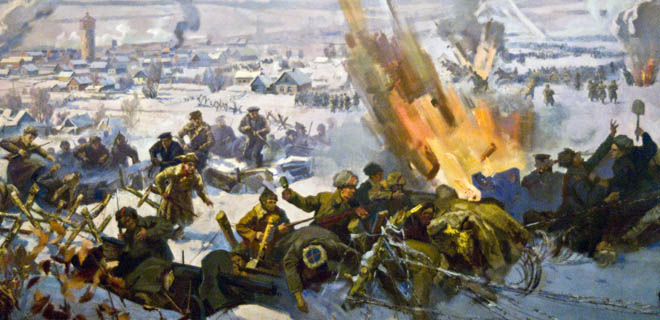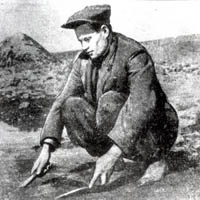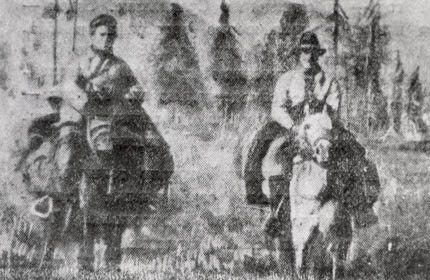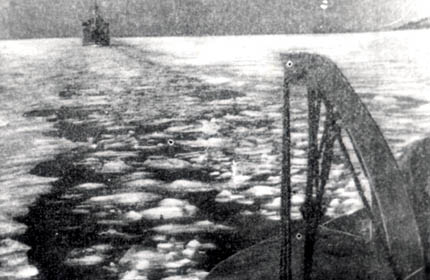|
Before Dalstroy
|

The original inhabitants were reindeer peoples, both settled (Evens) and nomadic (Yukaghirs and Chukchis), and fishermen. On occasion, Russian fishing boats used Nagaevo Bay for protection from the violent storms which often rage in the Sea of Okhotsk south of today's Magadan. Apart from these, the region was deserted and was feared for its extreme climate.
The first gold find
At the end of the 19th century, big gold finds had been made in Yakutsk. During the summer of 1910, a gold digger called Boris traveled to Kolyma – at least that is what we believe. Boris, whom we only know by his first name, came back with a considerable amount of gold which he put in a bank in Yakutsk.
His colleagues were naturally bursting with curiosity to hear where the find had been made but Boris kept quiet. They thought he would tell them sooner or later but he held his tongue. Finally, they gave up, supposing he must have been to a completely different region and that there was nothing to be found in Kolyma. All that is left of Boris today is that tale but as far as I have been able to find out from local historians, no one has investigated it properly.
The first definite find
In 1922, the Whites lost to the Red Army in the Russian Far East and retreated to Vladivostok. One of the officers fled to the area around Ust-Nera (my assumption) where he planned to stay for a while until he could return without endangering his life.
During his stay, he discovered large deposits of platinum (which you can find around Ust-Nera but not in Kolyma) and gold. Hoping his finds would earn him an amnesty and allow him to stay in Russia, he went to Yakutsk, delivered his booty to the bank, and surrendered to the new victors. Apart from the fact that he was called Nikolayev, we know nothing about him. There was the occasional white officer who was pardoned but it was really the exception. No real attempt has been made to find out what became of him but his feat was so outstanding that we would no doubt have heard much more if he had avoided execution.


During the early years, the regime in Moscow had their hands full simply surviving but there was an attempt to encourage volunteers to search for gold. The gold diggers were to map out the Kolyma region, establish a settlement and connect it by road to Okhotsk on the coast. The place was called Boriskin in memory of the first gold digger in the region. There were only about a hundred living there. The road was just a track suitable for horses and donkeys.
When mapping out the area, in 1925 they discovered a completely unknown chain of mountains. They were called the Cherski Mountains in memory of a Polish geologist forced into exile in Yakutsk in the days of the Czars. It was the last time a chain of mountains was to be discovered anywhere on our globe by Europe’s “civilization”.

The task was far too much for the volunteers and in 1928 the work was brought to a close. It its place, a large Kolyma mapping project was initiated with direct support from the State. The expedition consisted of an ice breaker and two steamers full of geologists, map makers and assistants. Finally, Kolyma’s resources were to be properly mapped and exploited. There was no reference to prisoners on this expedition but the next phase was based almost solely on prisoners.
Next: Dalstroy's first year